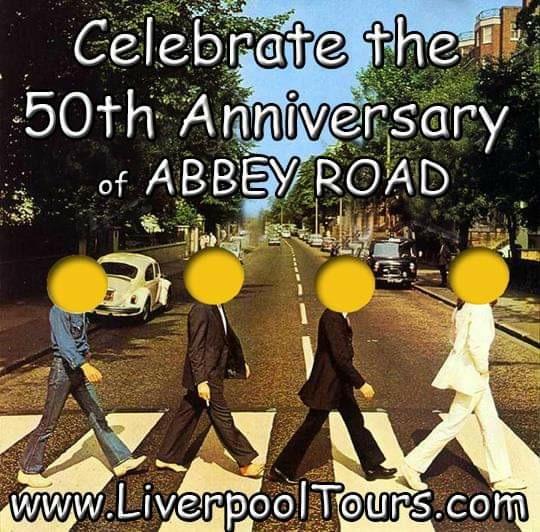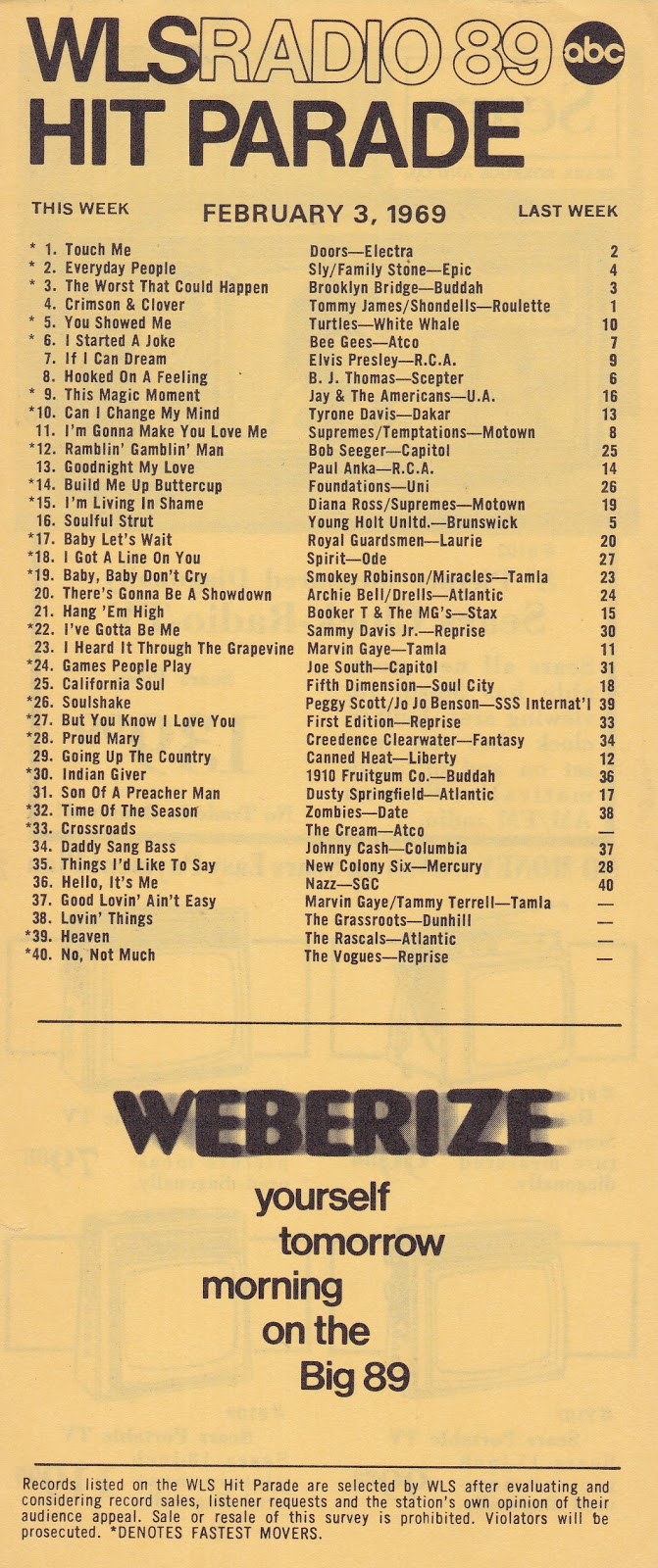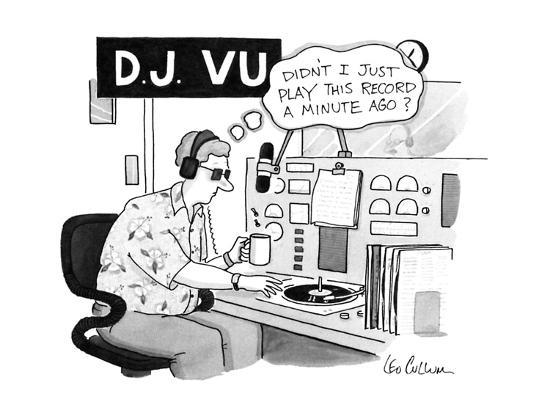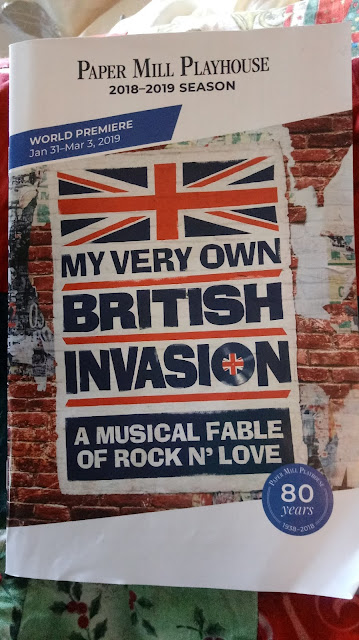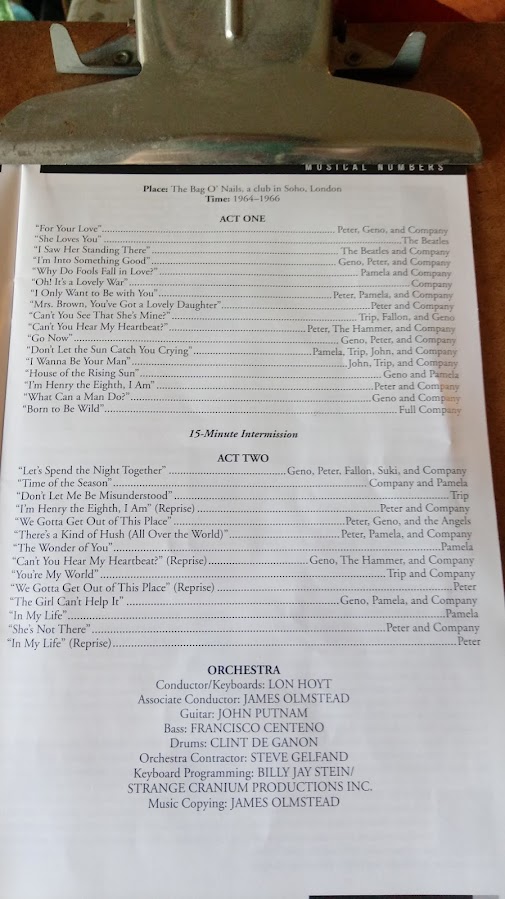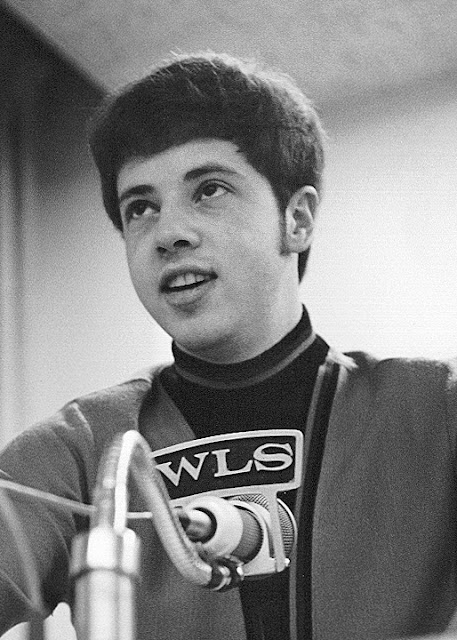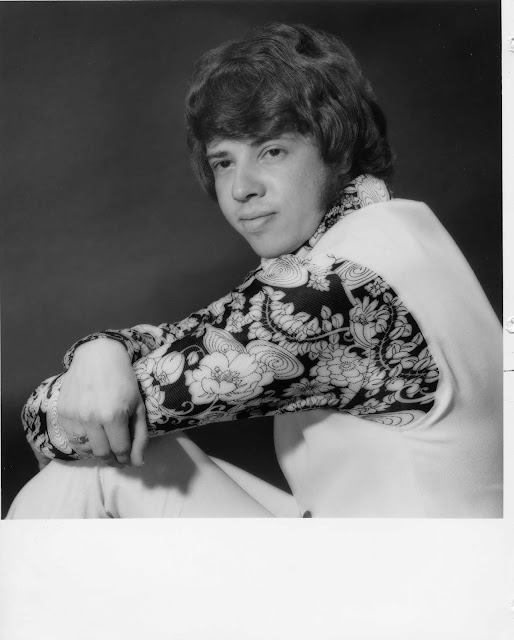Best,
David Leaf
Manager, Music Industry minor Intern Program
Adjunct Professor of Music Industry, Technology and Science
UCLA Herb Alpert School of Music
VERY cool! (Wish I could sit in on this class if only to see its presentation!)
I’m a big admirer or your work, David … thanks for sending. (kk)
Thank you, Kent. Very kind of you to write.
Next time you’re in L.A., you can sit in.
And we hope to get it online next year.
Best,
David
Beatles Fan Tour Travels to Abbey Road in
Celebration of Abbey Road's 50th Anniversary
This summer, Beatles fans from throughout North America will be traveling to Liverpool and London to celebrate the 50th Anniversary of Abbey Road as part of a “Magical History Tour” vacation. Fifty years ago, The Beatles released their iconic album "Abbey Road," which was recorded at the legendary London recording studio on the street of the same name.
The visit to Abbey Road is part of the 36th “Magical History Tour” from August 19 - 28, 2019, which brings fans to The Beatles' homes, schools, clubs, homes, early hang-outs and the studio where they recorded 90% of their songs here between 1962 and 1970.
"Abbey Road" was the band's eleventh studio album, and the final wherein all four Beatles participated. George Harrison noted that on the album "we did actually perform like musicians again." They completed the sessions on August 20th, 1969 - the very day - albeit fifty years later - that the travelers will be there to commemorate the anniversary. That day would turn out to be an important date in the history of the Fab Four as it was very last time all four members of the band were present in a studio together.
The fully-guided, professionally-escorted tour to London and Liverpool also includes visits to Penny Lane, Strawberry Field, the Cavern Club, and all the places that long-time fans have always dreamed of someday visiting.
Other highlights of the tour include “Beatleweek” in Liverpool, featuring the International Beatles Convention, live nightly concert extravaganzas, the annual music festival, Liverpool's Beatles Auction at LIPA plus a fully-guided coach tour hosted by author David "Liddypool" Bedford and several walking tours escorted by historian Rene "Beatles Unlimited" Van Haarlem. There are special events inside the world-famous Cavern Club and the Casbah Club, a Ferry 'Cross The Mersey, exclusive concerts at some of Liverpool's most famous venues including the Philharmonic, visits to museums, and entry inside The Beatles homes and also inside the gates of Strawberry Field.
In London, landmarks include the Beatles three recording studios Abbey Road, Trident Studios and Twickenham, an afternoon visit to Chiswick Park where The Beatles filmed their "Paperback Writer" and "Rain" videos, and locations from The Beatles' films "A Hard Day's Night" and "Help!"
Travelers will not only experience every Beatles-related landmark in London and Liverpool, but will also spend an afternoon in Henley-onThames, where George Harrison lived. Fans will also meet and greet Beatle associates, relatives and dignitaries who take part in the annual festivities, including John Lennon's sister, Julia Baird.
The vacation is hosted by long-time Beatles aficionado, entrepreneur and super-fan Charles F. Rosenay!!!, producer of "The Fab 4 Music Festivals" in Connecticut, and "NYC FAB 50," which was 2014's Beatles' 50th Anniversary in New York.
The August 19 - 28, 2019 tour is presented by Beatles fans forBeatles fans and is open to all ages. The basic tour package is priced at only $2599 based on double occupancy with other add-on options. Price deluxe accommodations, transfers, ground transportation, breakfasts in Liverpool and all advertised events, parties, admissions, guests and activities. Packages with flights start at $2999 per person, with group departures from New York, Los Angeles, Chicago and other cities in the U.S. and Canada. Single supplements and group packages available. Space is limited to only the first 50 reservations.
As The Beatles sang, "Picture yourself . . ."
BUDDY HOLLY:
After getting the news of a new Buddy Holly album coming from the Decca/Ume label this week, "Buddy Holly with the Royal Philharmonic Orchestra: True Love Ways," a new collection of Buddy Holly’s most beloved hits set to brand new orchestrations, it was immediately after I spoke to Roger Steffens and Chris Darrow, as we discussed and lamented the February 3, 1959, airplane crash that took the lives of Holly, Ritchie Valens, The Big Bopper and pilot Roger Peterson.
At the time I was working on an ongoing series of interviews with Chris Darrow, and thought you and your Forgotten Hits readers / viewers might like to read what Chris said about witnessing Ritchie Valens play live in 1958 as well as Roger Steffens' memory of a '58 Buddy Holly performance.
In service,
Harvey Kubernik
At the rate The Royal Philharmonic Orchestra keeps cranking out these remakes, I think it’s only a matter of time before they orchestrate the Soft Machine’s album (see email below) in their never-ending quest to redo every recording ever made. (kk)
Decca / UME U.S. release of Buddy Holly with the
Royal Philharmonic Orchestra: True Love Ways;
60ThAnniversary The Day The Music Died: February 3, 1959 –
Buddy Holly, Ritchie Valens, and The Big Bopper Perish;
Author Roger Steffens and musician Chris Darrow remember seeing Buddy Holly and Ritchie Valens
By Harvey Kubernik © 2019
February 3, 2019, is the 60th anniversary of the tragic airplane crash that subsequently became known as “The Day the Music Died,” sadly referenced in Don McLean’s song, “American Pie.” Buddy Holly, Ritchie Valens and J.P. Richardson aka The Big Bopper died along with pilot Roger Peterson.
After a February 2, 1959, “Winter Dance Party” show in Clear Lake, Iowa, Buddy Holly, Ritchie Valens and J.P. Richardson took off from the Mason City airport, in a three-passenger airplane that Holly chartered piloted by Roger Peterson during inclement weather. It crashed into a cornfield in nearby Macon City, Iowa, just minutes after takeoff.
I will always remember the February 3, 1959, front page headline in The Los Angeles Herald-Express, a daily newspaper who reported this accident.
Ritchie Valen’s death was a very big regional loss. He was from Pacoima, a suburb in Southern California. Ritchie’s records were very popular in Los Angeles and the surrounding communities. It was KFWB-AM deejay Gene Weed who first spun his music and the radio station held what seemed like an all-day shiva celebrating the life of Valens, whose record label, Del-Fi, was based in Hollywood.
I knew Buddy Holly from his appearances on Dick Clark’s American Bandstand and from 1957 when he was on The Ed Sullivan Show. Holly’s records were also spun on KFWB. “Chantilly Lace” by The Big Bopper was a national hit.
22 years ago on February 3, 1997, I interviewed Keith Richards around a Rolling Stones concert in San Diego. We talked primarily about his just released Wingless Angels album.
However, it wasn’t lost on either of us that 42 years earlier, Buddy Holly, one of his musical heroes, passed. An early hit record of the Rolling Stones was “Not Fade Away,” produced by Andrew Loog Oldham, which was originally the B-side to Buddy Holly’s 1957 chart hit “Oh Boy!”
In March 1958, 14-year old Mick Jagger saw his first rock concert in London at the Woolwich, Granada. “Not Fade Away” made a big impression.
Keith and I had a brief discussion about how some music, like his Wingless Angeles endeavour or the sounds of the Sun Records label, or any recording that penetrates, makes immediate impact and a connection on your soul, even decades after initial airplay or retail discovery.
“I think because it’s timeless music I call it ‘marrow music.’ Not even bone music. It strikes to the marrow. It’s like a faint echo . . . The body responds to it and I don’t know why …”
The Decca / UME label this week releases Buddy Holly with the Royal Philharmonic Orchestra: True Love Ways, a new collection of Buddy Holly’s most beloved hits set to brand new orchestrations.
True Love Ways (the name of the song written for Buddy’s wife, Maria Elena) features Buddy Holly’s distinctive original vocals and guitar playing, set to exquisite arrangements newly recorded in England by the Royal Philharmonic Orchestra at London’s Angel Studios. The album is produced by Nick Patrick, the man behind successful orchestral albums for Elvis Presley, Roy Orbison, The Beach Boys, and The Carpenters.
Buddy Holly’s wife, Maria Elena Holly, endorses the compilation. “60 years on, this wonderful album relights the flame, the songs and the music shines brightly again. I am proud for Buddy, his legacy continues to influence and inspire. THE MUSIC LIVES ON.”
Larry Holley, Buddy’s brother, also touts the title. “This is what Buddy would’ve wanted done.”
True Love Ways is the poignant realization of a dream Holly first explored just four months before his tragic death.
On October 21, 1958, Holly embarked on a musical adventure he would have continued, had he had the chance. He entered the Decca Studios in New York for a three-and-a-half-hour recording session with an 18-piece orchestra, fronted by Dick Jacobs, known for bringing strings to rock & roll. They recorded four tracks: “True Love Ways,” “Raining In My Heart,” “Moondreams,” and “It Doesn’t Matter Anymore,” all of which are soaked in strings, clearly demonstrating a new direction for Holly’s music.
Holly’s widow, Maria Elena, explains that her husband thought then that the rock & roll era had peaked: “Buddy felt orchestral music in a popular vein was where the future lay, so he wanted to write, record, explore and innovate that style. So what better combination than the Royal Philharmonic and Buddy’s music. It’s just beautiful.”
Maria Elena also recalls Buddy telling her he learned to play the violin as a child and later, he had fantasized about writing film scores.
A January 24, 2019, Decca / UME media press release hails the product: “True Love Ways’ orchestral arrangements invigorate, rather than overwhelm, Holly’s originating rock & roll style, preserving the energy of the songs he recorded with The Crickets.
“Everyday” shines anew, with playful pizzicato strings and percussion alighting around Holly’s original vocals. “Peggy Sue,” whose namesake recently died at age 78, is carried along by percussion reminiscent of a cowboy movie score, with a cinematic string climax. The new orchestral versions of “That’ll Be The Day” and “Oh Boy” are warm and exciting turns for the beloved classics. “Heartbeat,” the last song Holly released, retains its rockabilly guitar, while the new arrangement’s strings serve to lift the spirits even higher.”
The music and recorded catalogue of Buddy Holly never really died, and the sonic legacy of Ritchie Valens has continued. And, “Chantilly Lace” is constantly heard daily on oldies and classic rock radio stations. Humourist and songwriter J.P. Richardson, aka The Big Bopper, wrote “White Lighting” that George Jones recorded, and penned “Running Bear” for Johnny Horton. J.P. Richardson is in the Rockabilly Hall of Fame. As we reflect on “The Day The Music Died” 60 years ago, I asked two dear friends of mine, author / music historian, Roger Steffens and multi-instrumentalist Chris Darrow, a 55 year recording veteran, to share their memories of witnessing Buddy Holly and Ritchie Valens perform.
Roger Steffens: At Christmas, 1957, I went to my first rock and roll show, Alan Freed's giant Christmas Jubilee of Stars at the Paramount Theater on Times Square. The run broke all attendance records, including the previous best, a Frank Sinatra tour in 1944. My friends and I had to lie to our parents, because they were sure we would be mugged if we went to a show where a lot of black kids were going to be. “So we told them we were going to Hackensack to see a movie, but got on the bus to the Port Authority instead and walked the few blocks to the Paramount, which had a line stretching three times around the block.
“The show included Fats Domino, Jerry Lee Lewis (back to back), the teenage Everly Brothers, The Teenagers, Lee Andrews and the Hearts (with Questlove's father), Danny and The Juniors, The Dubs (dear to my reggae soul) and eight others. Most of the second line performers got only one or two songs each, but Buddy Holly and The Crickets got five, because they were on the charts under both names at the time. They were all dressed in tuxedos, and played with a stand-up bass.
“The audience went wild for Buddy, clapping along with his rhythms, and singing along with his parade of hits. I remember watching Alan Freed's 5 - 6 pm Rock and Roll Party TV show on WABD, Channel 5, in New York City.
“He interviewed Buddy about the national tour they had done together in 1956, during which they flew in a small plane to get to a gig, and encountered severe turbulence. Buddy recalled the ‘woop-woop’ as the plane fell and climbed and fell again. What a premonition!
“It was one of the saddest days of my youth when we learned of that terrible crash that took his life, and the first time I cried over the loss of a performer. Odd that one of the final releases during his short lifetime was ‘It Doesn't Matter Anymore.’”
Chris Darrow: I saw Ritchie Valens a month before his death in Pomona at the Rainbow Gardens, an all-wooden building, with a low ceiling that was just south of the YMCA in Pomona, California. It later was to burn to the ground.
“I was from a mixed race, white and Hispanic neighborhood in Claremont called Arbol Verde. My best friend, Roger Palos, was Mexican, and he and I were both learning to play guitar and we would sing together a lot. The songs that we learned that were not from the folk music genre, were popular songs mainly by Elvis Presley, the Everly Brothers, Buddy Holly, and Ritchie Valens. For some reason our favorite song of Ritchie’s was not ‘La Bamba’ or ‘Oh, Donna’ but ‘Hi–Tone.’ We just loved that song.
“I was 15 and in the ninth grade and was not allowed to go out many places by myself at night. I was attending a private school in Claremont called Webb, which had sons of famous people in my class … Chris Mitchum, son of Robert, Chris Reynolds, (his father owned the L.A. Angels professional baseball team), Tom Mitchell, whose father invented the Mitchell 35mm movie camera and Bob Washburn, whose dad was the head of 7UP.
“Since I wasn’t driving yet, it took a lot for my folks to let me go into the dark part of Pomona to see a rock ‘n’ roll show in late 1958 or early ’59. My parents weren’t square, but my mom always worried about me.
“I went with Roger Palos and Jon Dearborn to the concert, and it was kind of a pilgrimage for us. Since I really identified with the Mexican culture and wasn’t afraid, I couldn’t wait to see one of my main men, Ritchie Valens. After all he was only 17 and not much older than Roger and me. I wore my bright, red corduroy coat with silver buttons that my Grandma Darrow had made for me that Christmas. I also wore white bucks, white pants and red argyle socks. I looked sharp!
“I’m not sure who the house band was, but it could have been Manual and the Renegades, or the Mixtures, for they both used to be regulars at the Rainbow Gardens. I was very excited and hadn’t been to too many concerts before this.
“I listened to a lot of radio at the time and because of the heavy Mexican influence in my life, I got turned on to KDAY with Art Laboe, who would broadcast live from Scribner’s Drive-In, and Ol’ HH - Hunter Hancock - who had a great show called Harlem Matinee. These were the guys that the Mexicans listened to on the radio. I was also into KFWB, with Al Jarvis, Bill Balance and Ted Quillan … and Dick Hugg ‘Huggy Boy’ on KGFJ. He was on so late at night that I would have to listen to him under the covers of my bed in my room. So what is now called Doo-Wop was big with me, as well as the white dominated music so prevalent on major radio stations of the time. The Oldies but Goodies albums by Laboe on Original Sound were right up my alley.
“I was really into dancing at the time and had a chance to dance a few numbers with some strangers at the show. The opening act for Ritchie was Jan & Dean; possibly really Jan & Arnie. In those days no one had their own bands and acts would use house bands as their own. Either the band didn’t like Jan & Dean or they just didn’t care. Before they could get through the first song, which sounded awful, Jan stopped, ran off the stage followed by Dean, and plowed through the locked stage door and out into the night. Jan just kicked it open like some thug in a movie. I was so shocked and dumbstruck by this. They never came back.
“After the commotion died down, it was time for Ritchie to come on. He whirled in, probably from some other gig earlier that night, and I went right up next to the edge of the stage. He was a pretty big guy and loomed on-stage with a graceful power. He was not overtly hard core in his presentation but was very soulful and I ate it up. There was a tenderness and sweetness about him, even as he rocked. The house band knew his stuff and did a great job on the songs. He did ‘La Bamba’ and ‘Oh, Donna’ and even played my favorite song, ‘Hi-Tone.’
“I liken Ritchie to another L.A. guy, Eddie Cochran. Both had the soul and drive of the Sun / Clovis, New Mexico records, but they were from our own backyard. As soon as Ritchie finished, he was whisked off in a flash. There was no chance to say ‘hello’ or offer a handshake, but I was ecstatic over the event.
“The house band played on to people doing The Stomp and I was awarded a prize for being one of the five best-dressed guys of the night. A perfect end to a perfect evening.
“I read somewhere that Frank Zappa saw Ritchie in Pomona, so he was probably there, too. A month after the gig, I was at school and heard about the deaths of Ritchie, Buddy and The Big Bopper. I was crushed and went off by myself and cried like a baby. It was the first time I remember crying for someone who had died. Ritchie Valens and Buddy Holly were like gods to me at the time and could do no wrong. It was one of the great losses in rock and roll history.”
Harvey Kubernikis an award winning author of 15 books. His literary and music anthology Inside Cave Hollywood: The Harvey Kubernik Music InnerViews and InterViews Collection Vol. 1, was published in December 2017, by Cave Hollywood. Kubernik’s The Doors Summer’s Gone was published by Other World Cottage Industries in February 2018. During November, 2018, Sterling / Barnes and Noble published Kubernik’s The Story of The Band From Big Pink to the Last Waltz.
Harvey and brother Kenneth Kubernik co-authoredthehighlyregardedAPerfectHaze:The IllustratedHistoryoftheMontereyInternationalPopFestival,publishedin2011bySanta MonicaPress.
This century Harvey penned the liner note booklets to the CD re-releases of Carole King’s Tapestry, Elvis Presley The ’68 Comeback Special, The Ramones’ End of the Century andAllen Ginsberg’s Kaddish.
In November, 2006, Harvey Kubernik was a featured speaker discussing audiotape preservation and archiving at special hearings called by The Library of Congress and held in Hollywood, California. Harvey literary and musical expeditions are displayed on Kubernik’s Korner at www.otherworldcottageindustries.com.
Perhaps Australian-based writer and music historian Michael MacDonald captured Darrow best when he wrote, “Chris Darrow will never run with the pack simply because he’s always so far ahead of it. A genuine eclectic with a working knowledge of music that is encyclopedic, his only rival would have been Doug Sahm. Country, Cajun, world beat, bluegrass, folk, rockabilly, blues, Hawaiian rhythms, surf and flat-out rock ‘n’ roll are some of the many musical forms Darrow has explored in his forty year plus career. Can also add that Chris Darrow was Alt-country and Americana long before those terms were minted.”
Darrow is also heard on the spring, 2004 CD reissue Moogy Klingman put together on Moogy Music, Take Your Place In the Freak Parade, a re-release of the 1969 Music from Free Creeksessions that included Keith Emerson, Dr. John, Mitch Mitchell and Chris Wood. Darrow is on Linda Ronstadt’s He Darked The Sun and Living Like a Fool with Bernie Leadon and Red Rhodes.
And this from our FH Buddy LJ Coon …
Here’s an update on our efforts regarding the 'Tragic Airplane Crash' that will forever be remembered as 'The Day The Music Died'…
'Imagine Entertainment'has been invited to create a Feature Length Investigative Documentary. They are reviewing five years / 70 full pages of investigative material as well as historic photos.
This crash took the lives of Buddy Holly, Ritchie Valens, JP Richardson, and Pilot Roger Peterson.
'Buddy Holly Plane Crash May Be Re-Examined'
-L J
LJ also sent some incredibly cool pictures in this announcement … which we share with you below …
![Image may contain: text]()




















